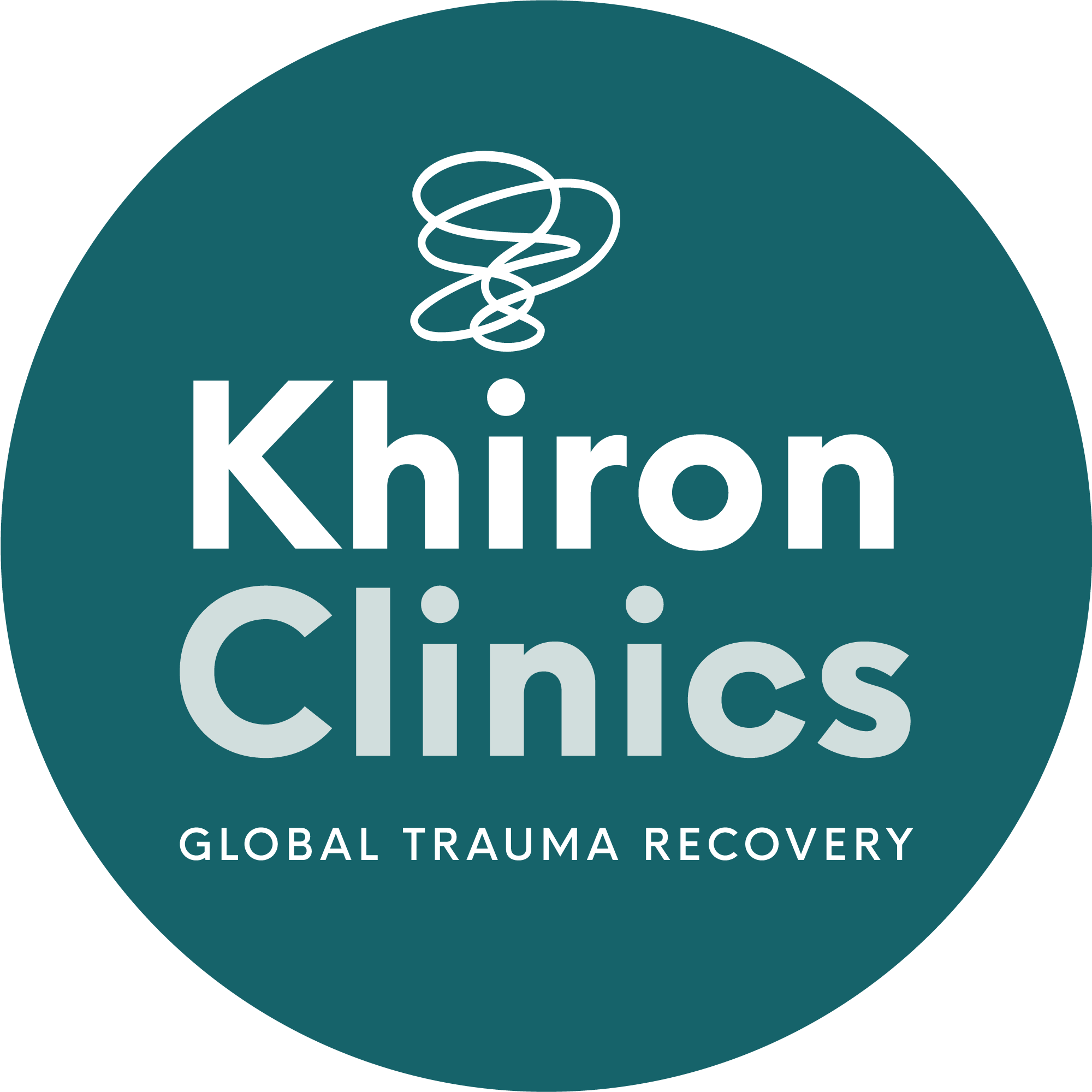EMDR Therapy and its Uses
EMDR stands for Eye Movement Desensitisation and Reprocessing and is a psychotherapy technique used to treat a whole range of mental health issues including anxiety, PTSD, depression, and OCD, among others. Today it is recognised by the National Institute for Health and Clinical Excellence (NICE) and the World Health Organisation as an important treatment for PTSD and can be considered as a choice of therapy on par with CBT (Cognitive Behavioural Therapy) or psychodynamic therapy.
It was developed in 1987 by psychologist Francine Shapiro. The EMDR Research Foundation describes it as ‘“an integrative psychotherapy approach that has been extensively researched and proven effective for the treatment of trauma. EMDR therapy includes a set of standardised protocols that incorporate elements from many different treatment approaches. To date, EMDR has helped millions of people of all ages relieve many types of psychological stress.”((https://emdrresearchfoundation.org/emdr-info/ accessed on 12/9/2019))’
What is EMDR?
EMDR is a therapeutic approach used to treat symptoms of trauma, in a safe and incremental way, by reconnecting the client to images, thoughts, feelings, emotions and bodily sensations associated with past trauma. By accessing these it allows the brain to use its own natural healing powers to reassess and process them in order to adapt to a resolution.
The premise of EMDR was that, often, when trauma or a flashback of a traumatic event are experienced, it can overwhelm an individual’s natural ability to process the experience, the sense of overwhelm then thwarts the natural healing process. EMDR enables the client to re-experience the trauma in a safe environment which, through bilateral stimulation facilitates the healing process.
According to Dr. Romas Buivydas, PhD, LMHC, Vice President of Clinical Development for Spectrum Health Systems, EMDR therapy is an eight-phase treatment. ‘“It identifies and addresses traumatic experiences that have overwhelmed the brain’s natural coping capacity, and, as a result, have created traumatic symptoms, such as flashbacks or anxiety, or harmful coping strategies, such as isolating behaviour and self-medication with alcohol or drugs.”((https://www.psycom.net/emdr-therapy-anxiety-panic-ptsd-trauma/ accessed on 12/9/2019))’
How EMDR Therapy Works
Exactly how any form of psychotherapy works in the brain is yet to be fully understood. What we do know however is that when someone goes through something traumatic, the trauma can remain stored in the body and mind. Because the brain doesn’t process the event as it would normally, it can become stuck, re-emerging at anytime in the future. This can impact a person’s ability to live a normal life as they will be constantly dealing with re-traumatisation.
What we do know is that EMDR can help the way the brain processes information. After a successful session, the client will no longer vividly relive the past trauma when thinking about the experience. The memory hasn’t disappeared, but it is able to be viewed in a different, less distressing way.
During EMDR therapy three time periods are taken into account: the past, present and the future. Looking at the past will involve looking at historical distressing memories and events. The focus on the present will be to look at current situations which cause the client to feel triggered, overwhelmed or upset. The therapy will also involve helping the client develop the necessary skills to help in the future. As previously mentioned, EMDR consists of 8 phases of treatment:
Phase 1: History and Treatment Planning – In this first phase the client should be assessed to ascertain that they are ready to undertake EMDR therapy. If so, a treatment plan can be developed. Targets to be processed should be identified. These will include both past and present situations/memories that caused and still cause distress.
The direction of the EMDR processing will depend on each specific client. At this stage the clients will generally start to obtain some insight into their behaviour and may even start the process of change. The amount of time needed to be spent on this stage is dependant on the number of traumas experienced and the age that the clients PTSD began. According to Francis Shapiro, generally those with single event adult onset trauma can be successfully treated in under 5 hours((Shapiro, F. Eye Movement Desensitization and Reprocessing (EMDR) for Posttraumatic Stress Disorder (PTSD) accessed from http://www.therapyadvisor.com/LocalContent/adult/consumer-shapiro-EMDR-PTSD.pdf on 13/9/2019)) Those who have been victims of multiple trauma may need longer treatment time.
Phase 2: Preparation – During this stage of treatment, the therapist will discuss with the client various different ways that they can deal with emotional distress. For example, they might teach them certain imagery techniques that the client can use during sessions, but can be used alone between the sessions.
Phase 3 is assessment, Phase 4 – desensitisation, Phase 5, installation and Phase 6 is the body scan – In all of these phases a the client will have identified three things as targets:((ibid.))
1. The vivid visual image related to the memory
2. A negative belief about self
3. Related emotions and body sensations.
A positive belief should also have been identified and the therapist will aide the client rate the intensity of the negative feelings as well as rating the positive belief. Once they have been identified and rated, the client will be asked to focus on the first three things they identified – the image, negative belief and bodily sensations. Whilst their focus is on these things, they will also engage in EMDR behaviour such as eye movements, taps or tones. The EMDR behaviour chosen and the length of time that it is used is different for each client.
During the process the client will be asked to notice what happens for them. At the end of each EMDR action the client should attempt to let their minds empty and in that space notice whatever may come to mind. Whatever the client feels in this space should indicate where the focus is turned to next. This can be repeated as many times as necessary during a session. There are established procedures therapists can follow if the client gets overly distressed at any point in the process. Over time, the client should notice feeling more and more confident and secure about the positive belief they chose for themselves.
Phase 7: Closure – When a client has reached this phase, they will be asked to keep a diary for a week between the previous session and this session. The diary can be used as a record for the client of any time they may have felt distressed, or felt anything related to what they have been working on with their therapist. They should also be encouraged to write down any self-calming techniques, taught in phase two, that they were able to use.
Phase 8: Reevaluation – This phase is where both client and therapist can evaluate the progress made using EMDR. They may discuss the historical events that they have processed as well as current triggers and how they are being dealt with now and in the future.
At Khiron Clinics, we use EMDR to treat a whole range of different disorders and find it to be really beneficial for many of our clients. If you think you or a loved one would benefit from EMDR therapy or have been struggling to find the right help for you – reach out to Khiron. We believe that we can stop the revolving door of treatment and misdiagnosis by providing effective residential and out-patient therapies for underlying psychological trauma. Allow us to help you find the path to effective, long lasting recovery. For information, call us today. UK: 020 3811 2575 (24 hours). USA: (866) 801 6184 (24 hours).


